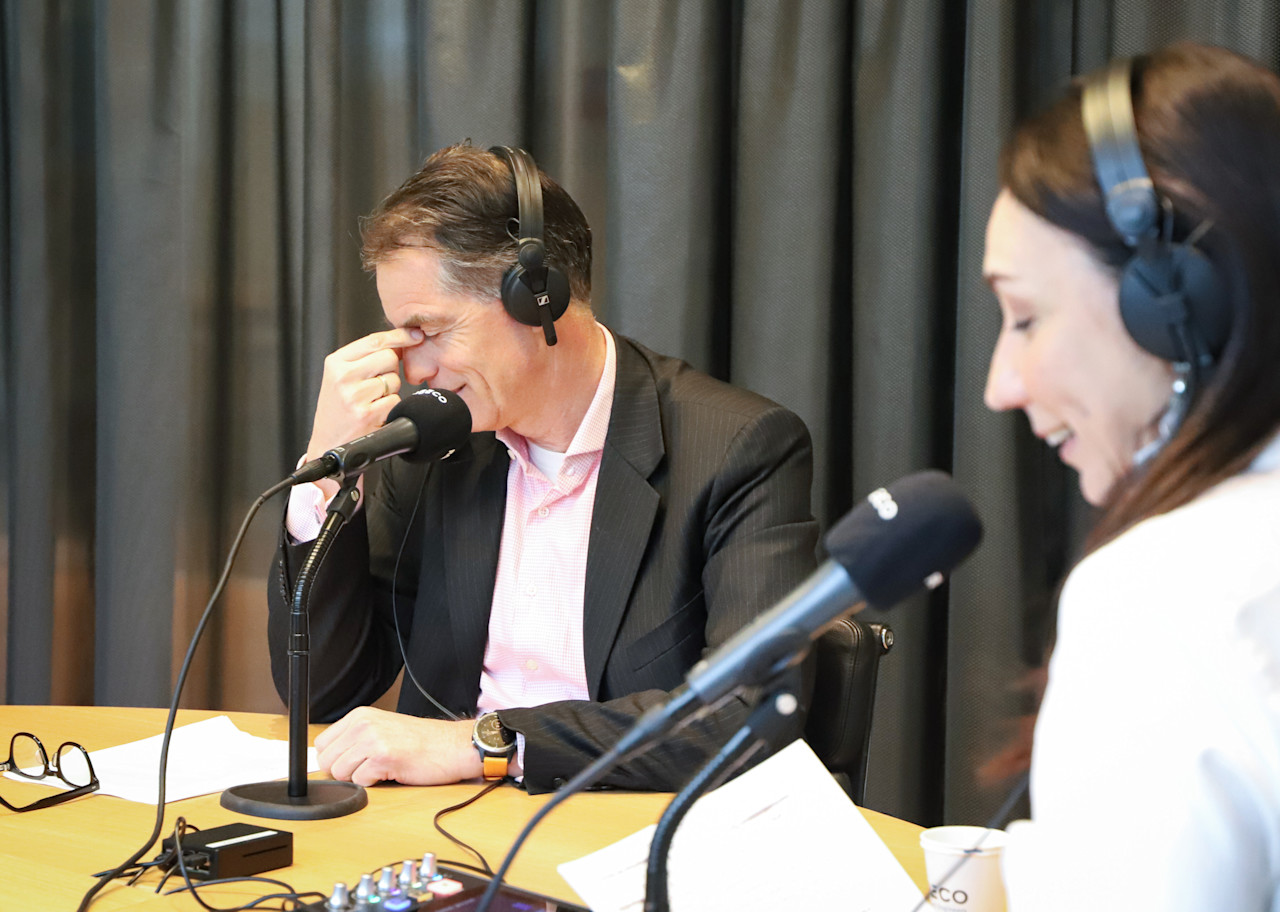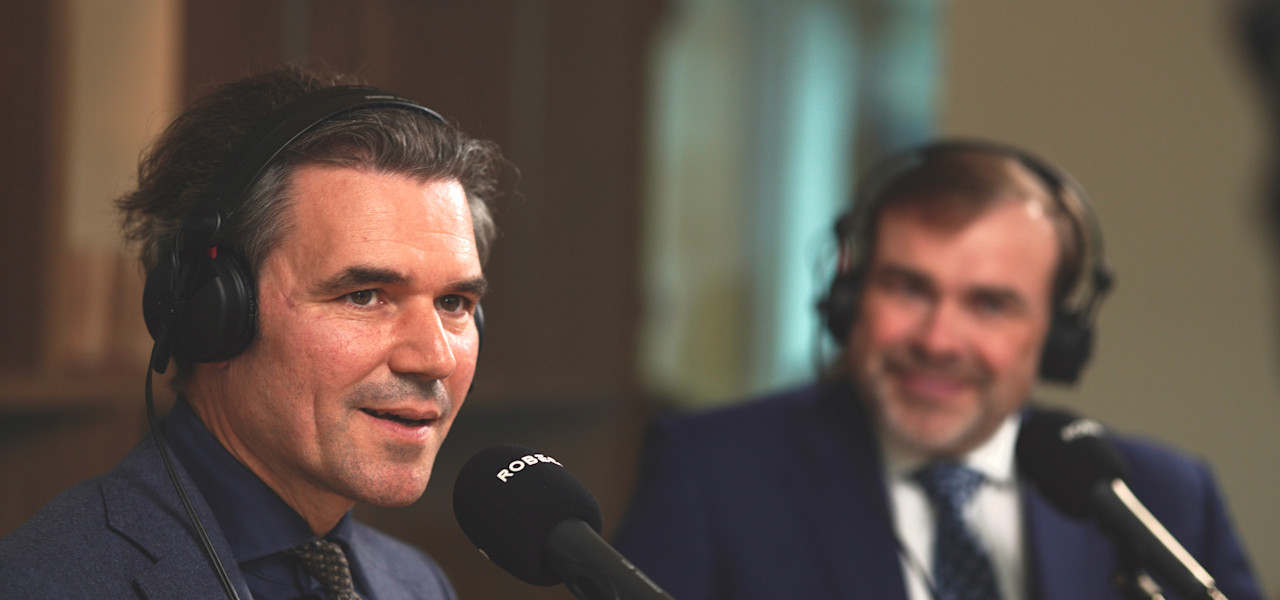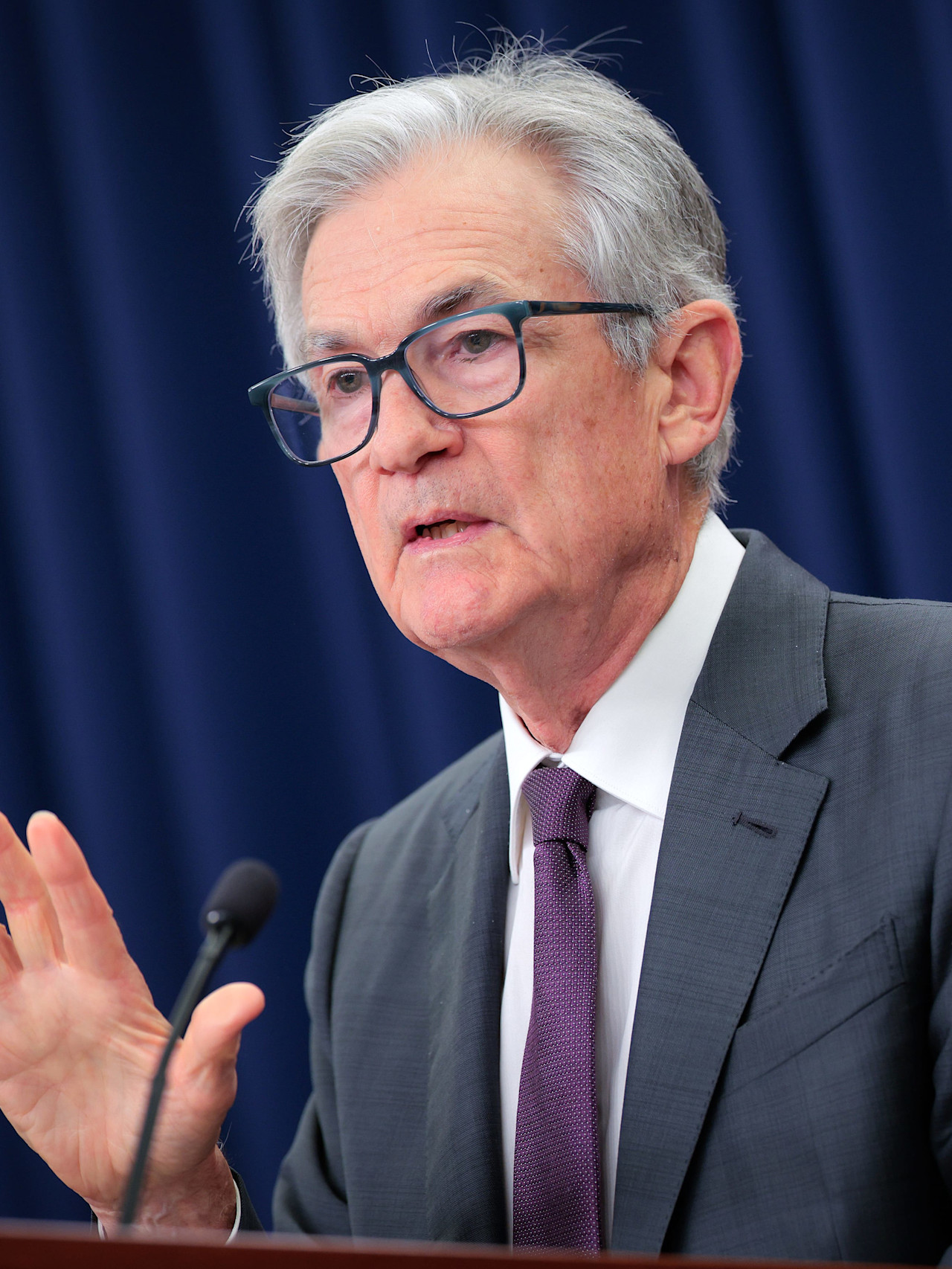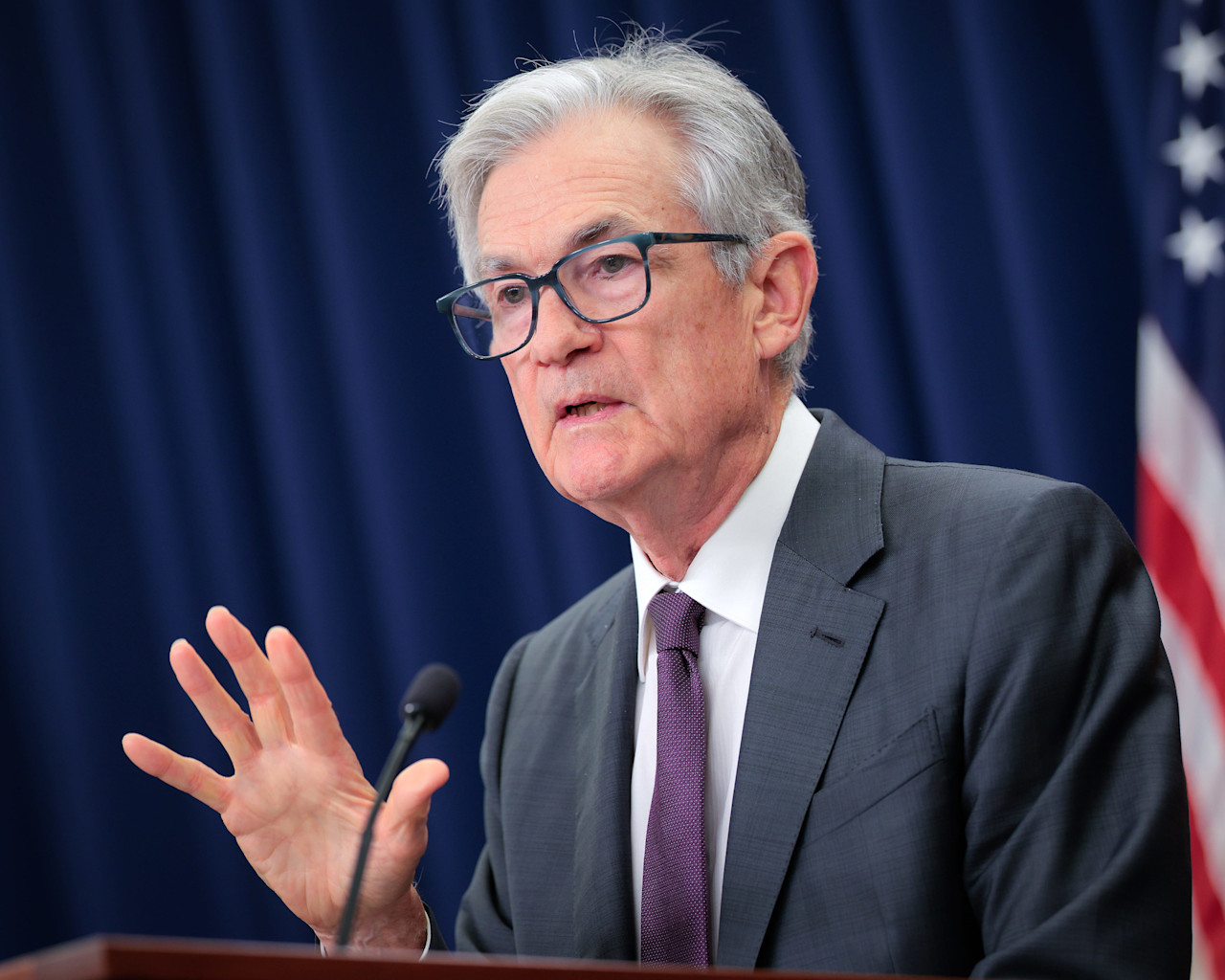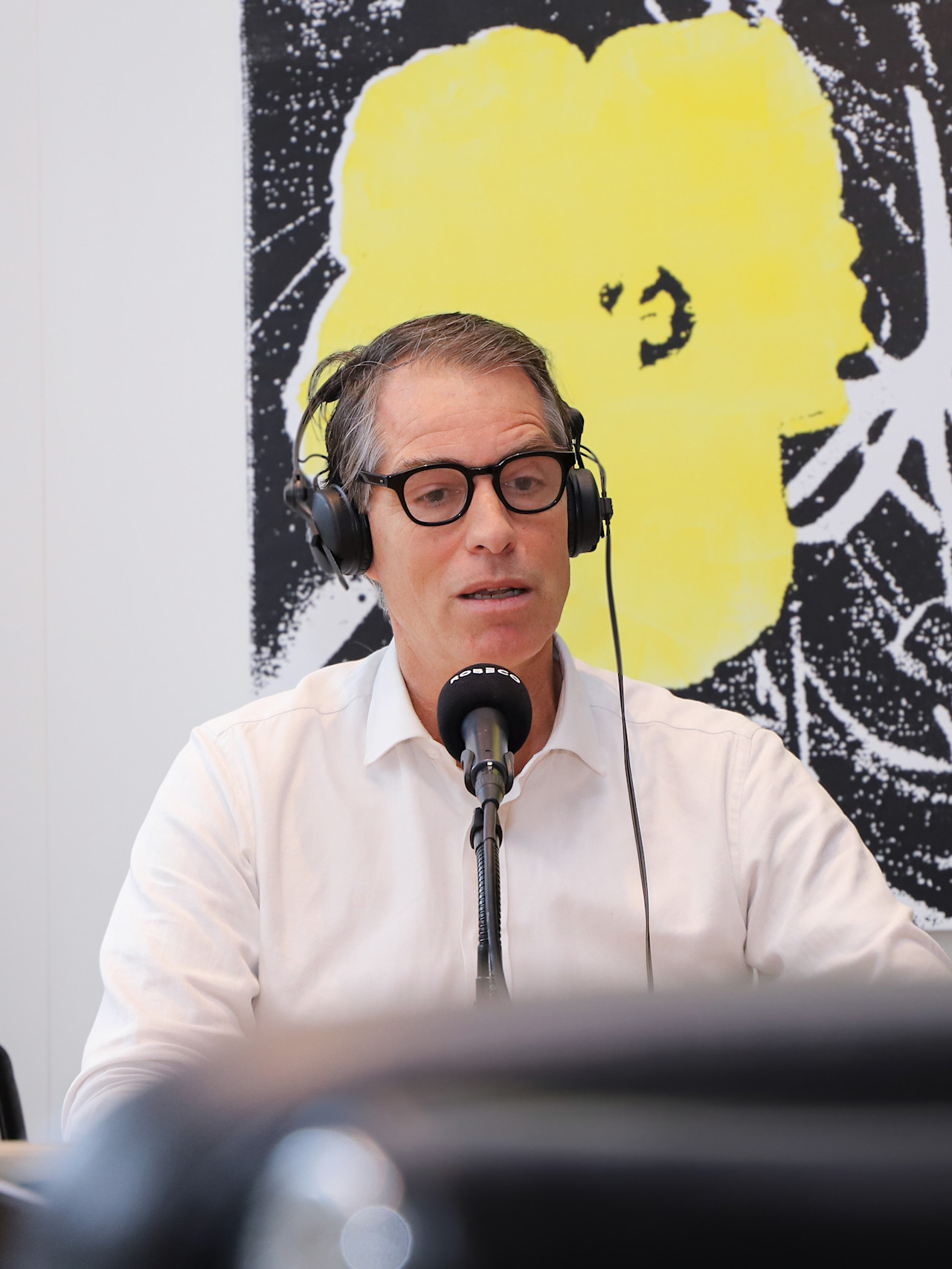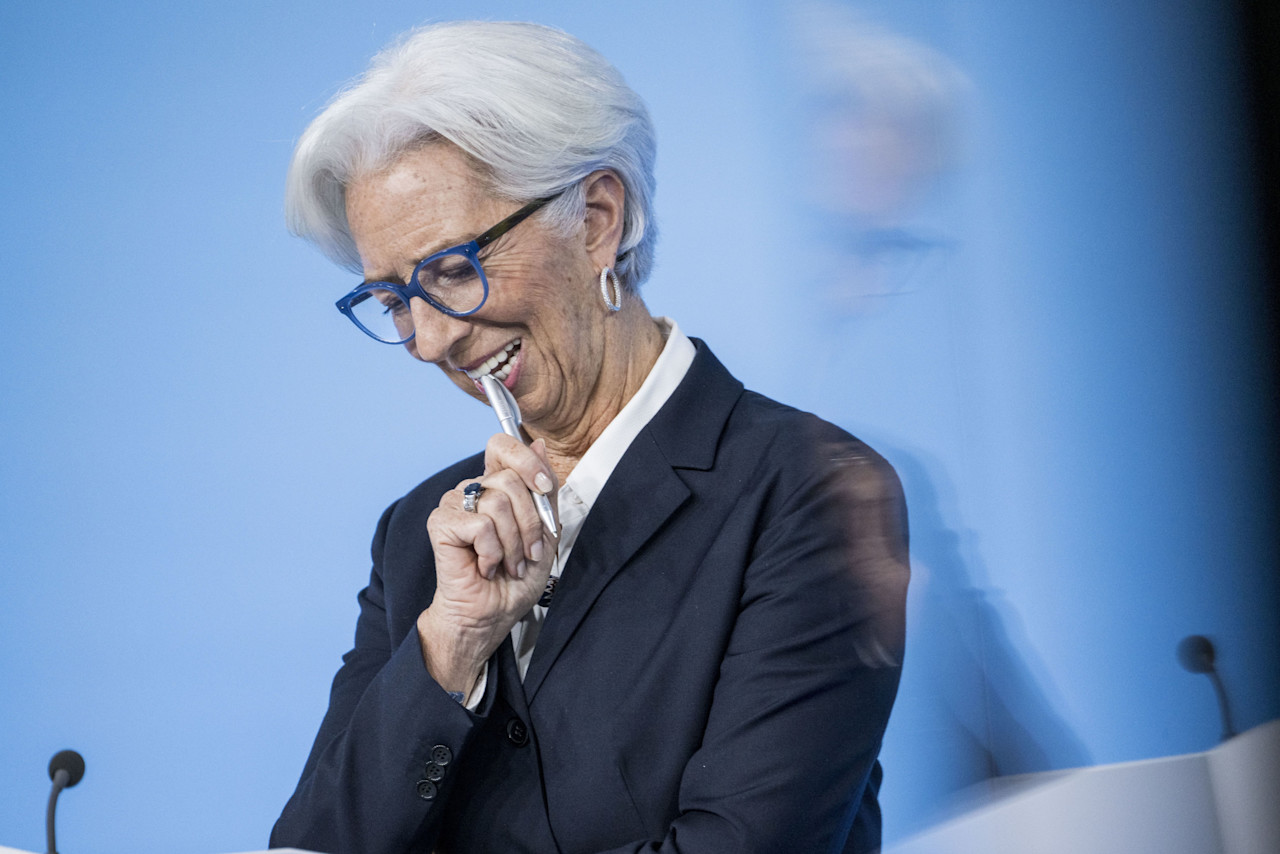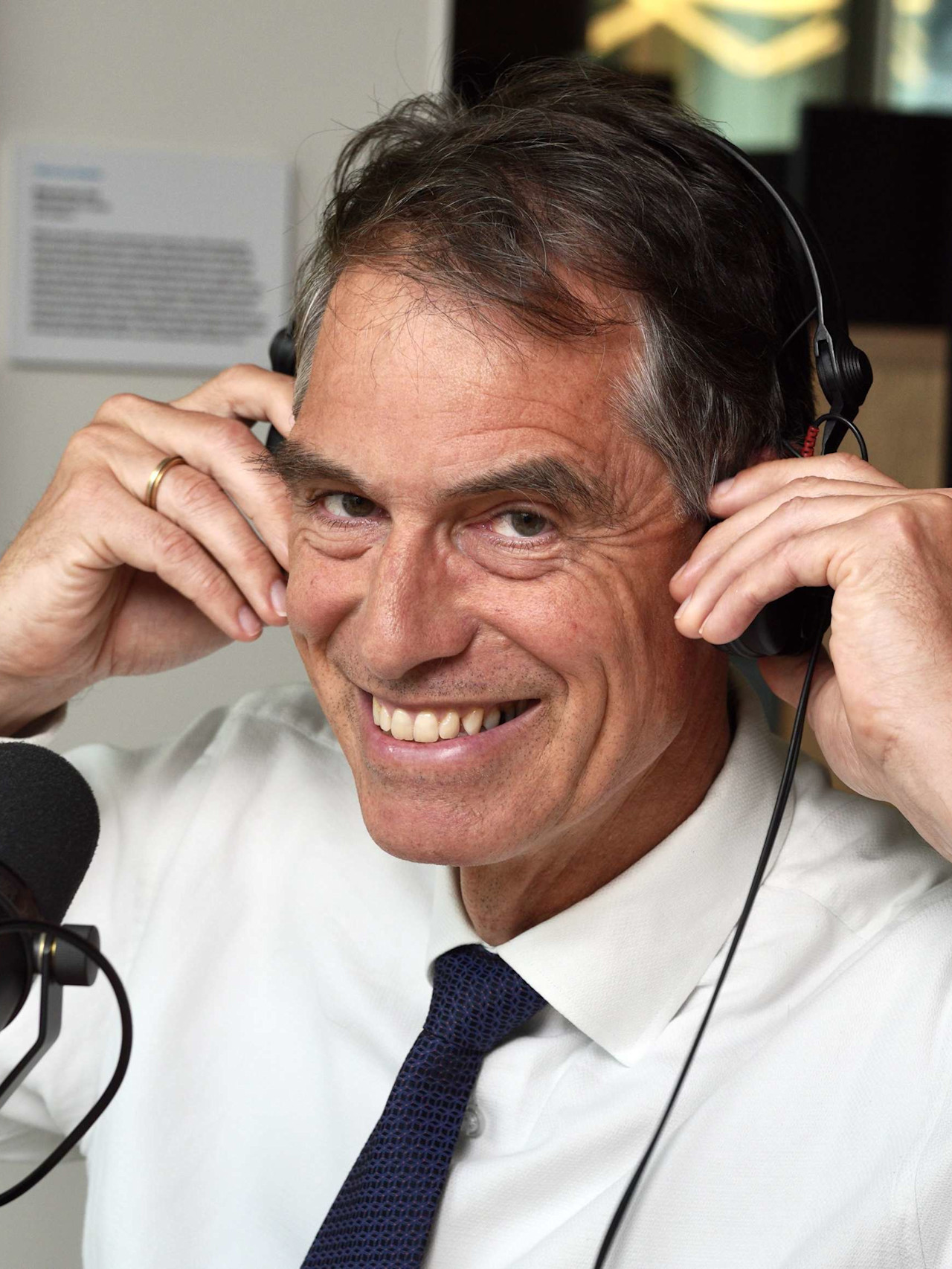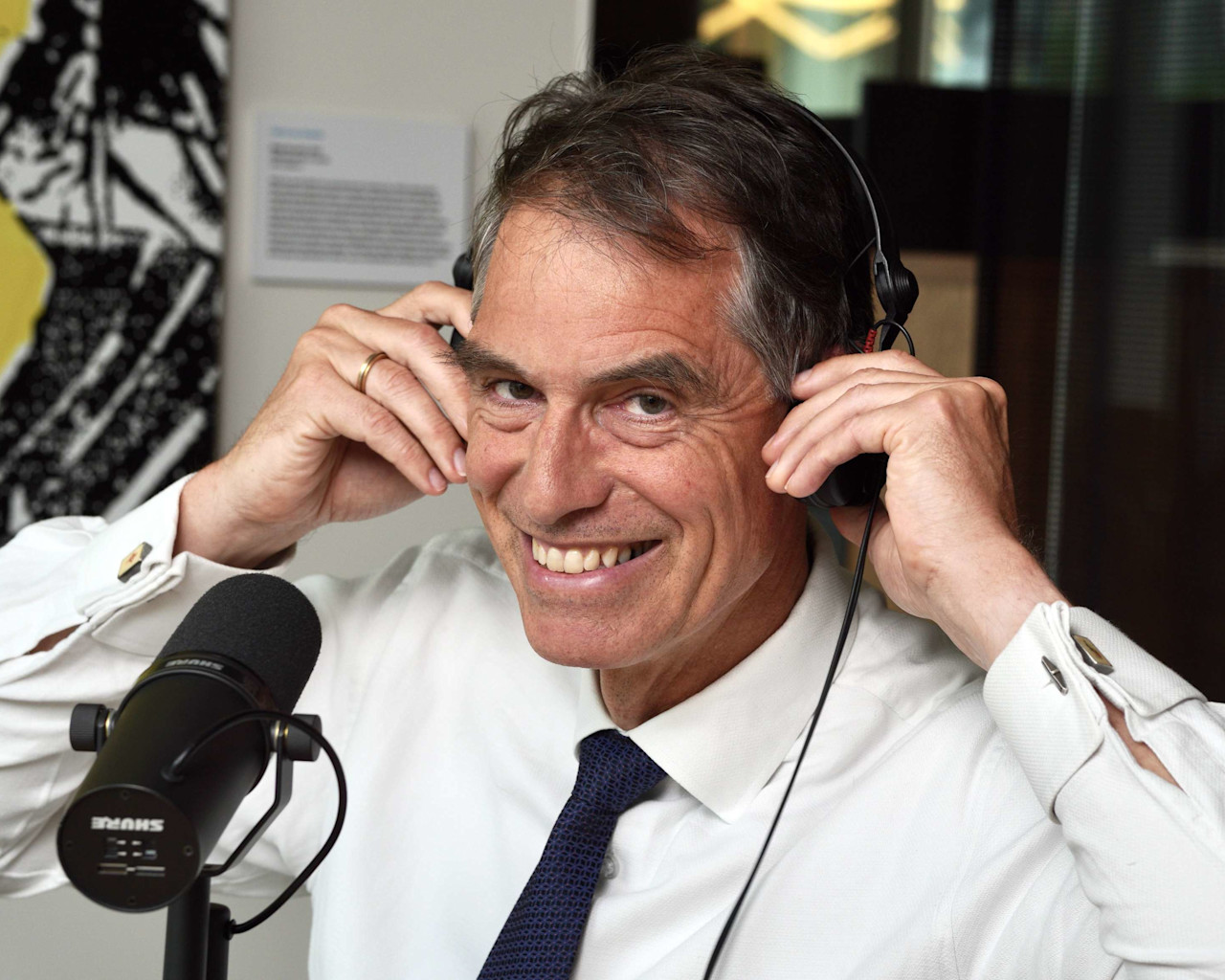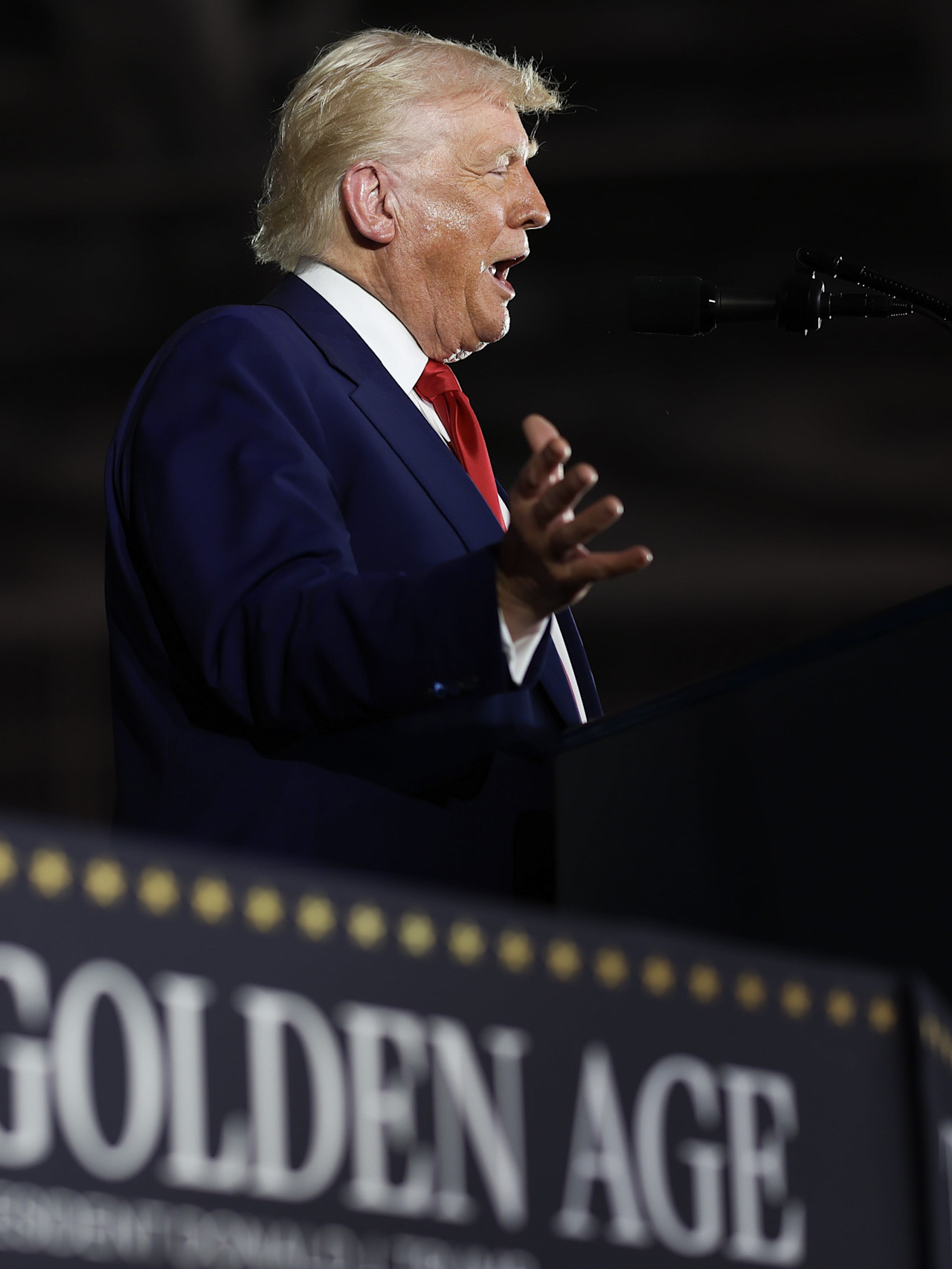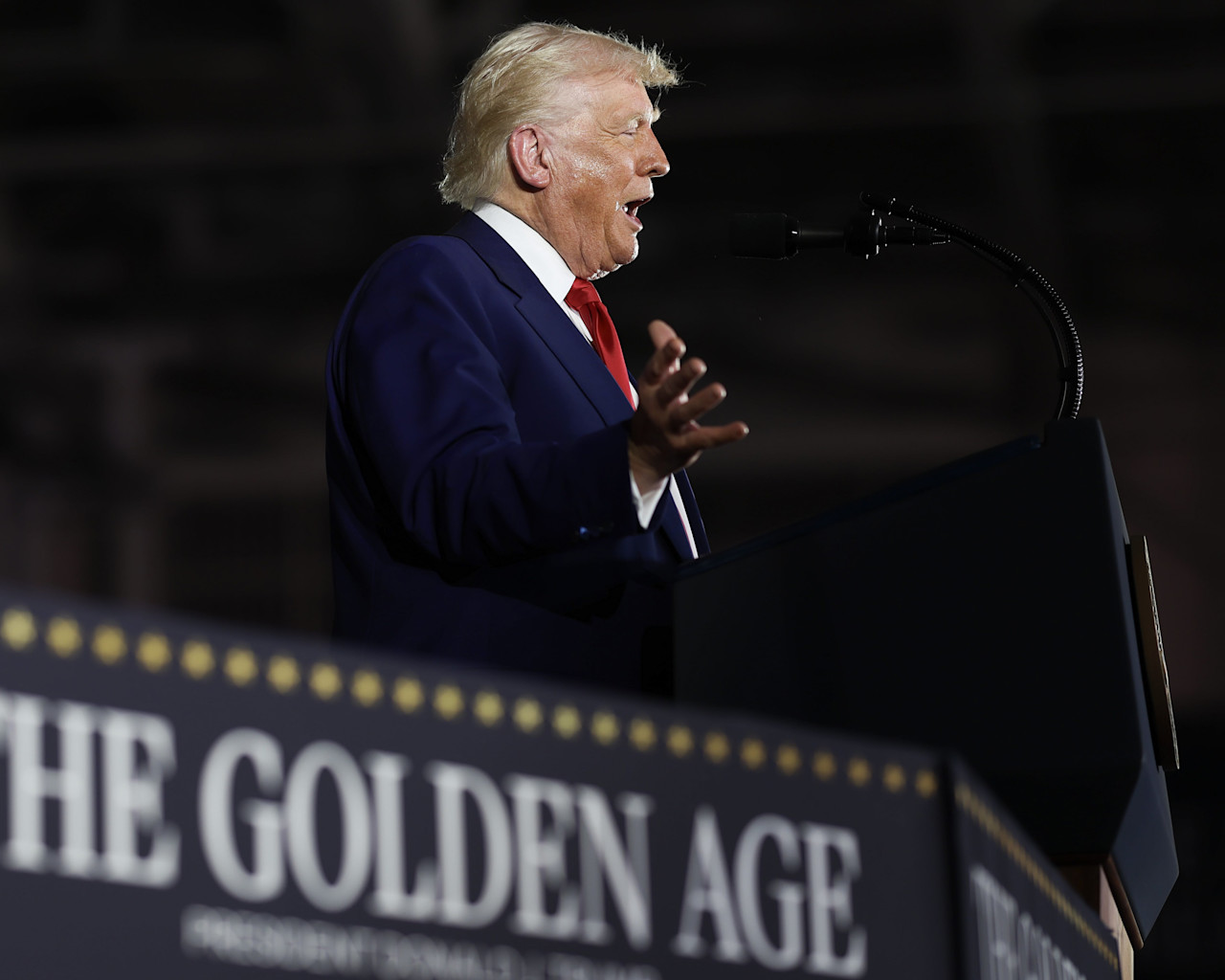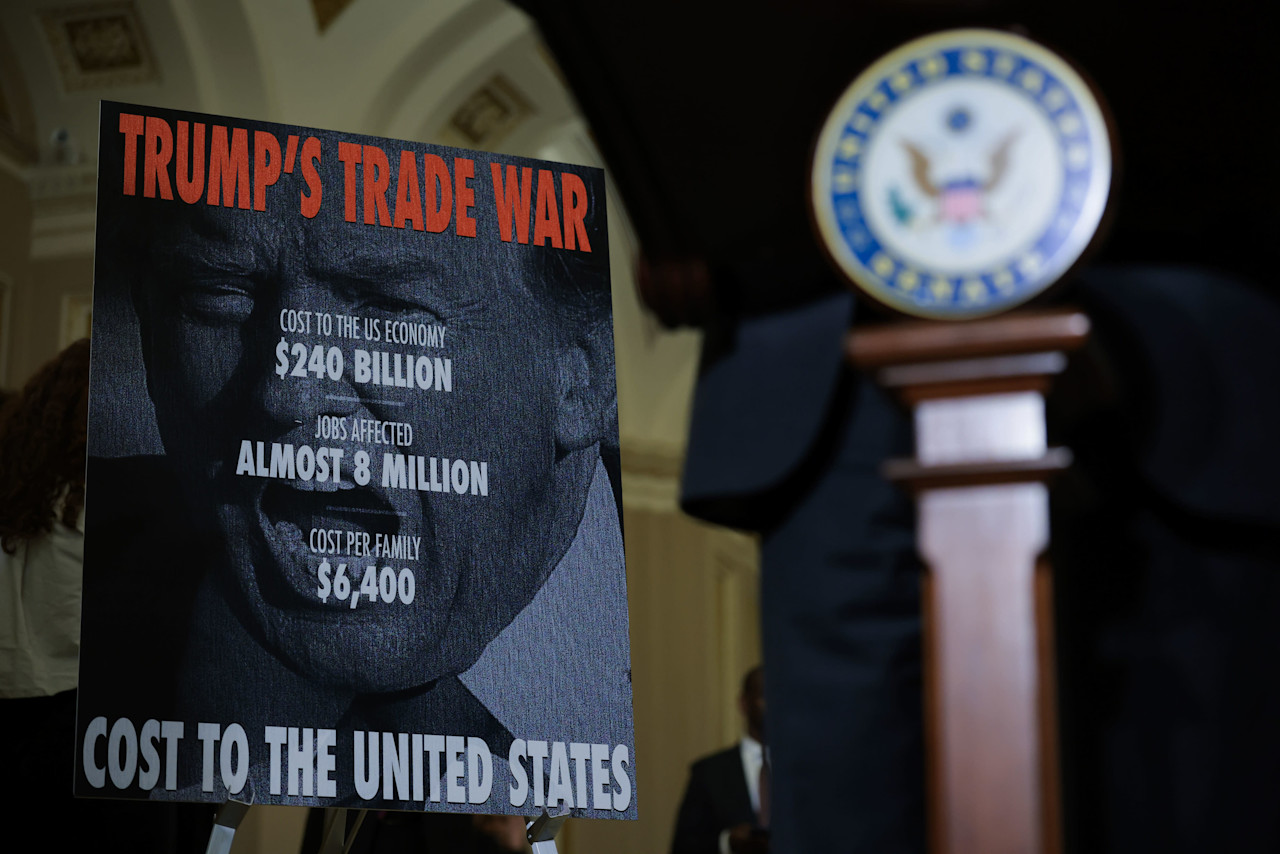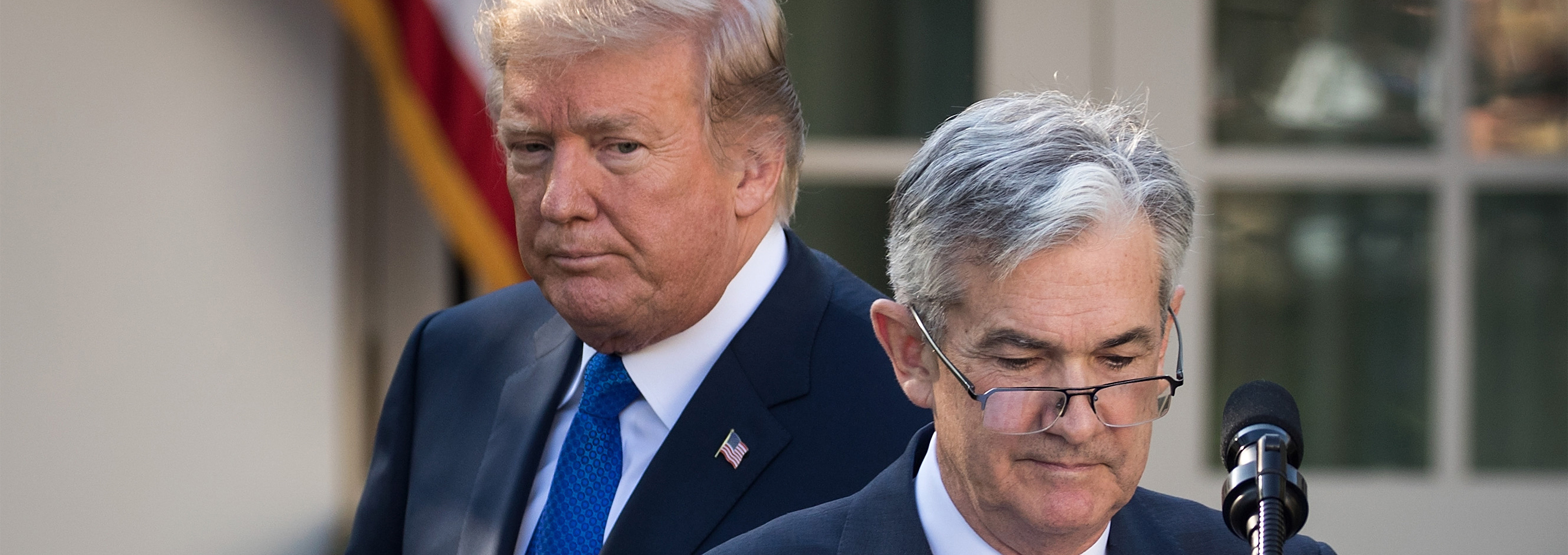

The power play pivot: Navigating the Fed-Trump clash
President Trump’s threats to the independence of the US Federal Reserve has implications for markets that may not yet be priced in, says strategist Peter van der Welle.
Summary
- US central bank is under pressure from President Trump to cut rates
- Level of independence affects demand for equities, bonds and gold
- Three scenarios that have implications for multi-asset allocation
A litany of aggressive policies, from extensive tariffs on ‘Liberation Day’, to unprecedented insults sent to the Fed chairman after he refused to bow to pressure to cut interest rates, have already rattled equities and sovereign bonds. Safe havens such as gold have hit record highs since President Trump took office in January.
Yet, markets may be under-reacting to potential significance of the ongoing power play with the US central bank – traditionally independent from the US government since its creation in 1913 – says Van der Welle, multi-asset strategist with Robeco Investment Solutions.

5-year Expected Returns 2026-2030
“The independence of central banks, particularly the US Federal Reserve, has long stood as a cornerstone of credible monetary policy and financial market stability,” he says. “Being credible as a central bank means medium-term inflation expectations remain well anchored, safeguarding future real purchasing power.”
“In our 2023 Expected Returns publication, ‘Triple Power Play’, we saw a power play unfold between the US central bank and US administration in the next five years as fiscal dominance has been on the rise post-Covid.”
“Recently, the tension between fiscal and monetary authorities has intensified, with the Fed increasingly battered with attacks from President Trump on social media, and legal efforts to fire Fed board member Lisa Cook ‘for cause’.”
“The outcome of this power play and the resulting degree and durability of Fed independence could have major impacts on financial markets and even amount to a regime change.”
Do markets care?
Effects of the Trump-Fed clash on the markets have so far reflected a belief that the Fed will maintain its independence, but this confidence could be misplaced, Van der Welle says.
“At first glance, bond market volatility has remained remarkably well behaved, and the US 10-year yield remains 50 bps below its 13 January peak,” he says. “This might indicate that the market is confident that the Fed remains resilient, and its institutional safeguards against political pressure are holding.”
“Yet, a closer inspection unveils that there is something brewing. Since ‘Liberation Day’, the correlation between the 10-year Treasury bond and gold has turned negative. At the same time, the 2-year Treasury yield has declined while 5-year inflation swaps have edged higher; that’s an unusual constellation.”
“Also, the start of the Trump presidency has ushered in a dollar bear market. The depreciation of the dollar in 2025 could be indicative the FX market is recalibrating the probability of a fiscally led policy regime. Research shows that currencies tend to depreciate when the probability of higher future inflation is being discounted under fiscal dominance.”
Figure 1: The correlation between the 10-year Treasury and gold has become negative

Past results are no guarantee of future performance. The value of your investments may fluctuate.
Source: LSEG Datastream, Robeco, September 2025
Get the latest insights
Subscribe to our newsletter for investment updates and expert analysis.
Implications for asset allocation
So, what does this mean for asset allocation? The Investment Solutions team has analysed data going back to 2004 to see which assets benefit most or least from levels of central bank independence.
“A power play between the Fed and President Trump is not merely a theoretical concern; it brings along a notable return dispersion for global multi-asset allocators,” Van der Welle says.
“For instance, while US Treasuries are positively correlated with Fed independence, low-quality assets like Russell 2000 stocks and high yield bonds are negatively correlated. Clearly, an independent Fed is not a friend of small caps.”
“When central bank independence is robust, the term structure of interest rates tends to reflect economic fundamentals and well-anchored inflation expectations. Any erosion of independence could prompt investors to demand higher yields as compensation for inflation uncertainty, leading to steepening yield curves.”
Figure 2: The correlation between Fed independence and asset returns in the following 12 months

Past results are no guarantee of future performance. The value of your investments may fluctuate.
Source: LSEG Datastream, Robeco, September 2025
Flight into safe havens
As ever, the traditional safe haven of gold does benefit from any kind of uncertainty, while the allure of US Treasuries is declining. “When markets question central bank autonomy, currency volatility rises, often triggering capital flight to alternative safe assets,” Van der Welle says.
“While the Fed’s institutional strength makes capital flight look like a distant risk, the rally in gold coinciding with a dollar bear market in the year to date suggests the market is reassessing safe havens.”
“The pricing of risk assets, from US equities to global high yield bonds, depends heavily on expectations about monetary policy. Our research shows that assets that are lower in credit quality, like high yield and small caps, are outperformers in an environment of eroding Fed autonomy.”
“Among equity factors, the Quality factor has lagged Growth, Value and Momentum in 2025. These observations correlate with the prospect of artificially low interest rates under a lenient Fed. In turn, this may blunt risk perception, fuelling returns in low-quality segments of financial markets that are cheap and have lagged so far in this bull market.”
Three scenarios for assets
As for the likely outcome of the Fed-Trump power play, the Investment Solutions team sees three potential scenarios, each with an equal probability of about one-third.
Scenario 1: Independence is preserved: Expect US curve flattening, relative stability in the dollar and a more predictable risk environment. The correlation between gold and Treasuries becomes positive again. Small-cap outperformance reverses.
Scenario 2: Independence erodes: Expect US curve steepening, a deepening dollar bear market and a less predictable risk environment. The correlation between gold and Treasuries stays negative, and gold has further upside. Small-cap outperformance continues.
Scenario 3: Fully fledged fiscal dominance: The Fed proves to be loyal to President Trump’s wishes like it was to President Nixon in the early 1970s. US inflation risks become paramount. Hedging demand for inflation protection surges, benefitting real assets. A dollar bear market becomes secular in nature, benefiting assets in Europe and emerging markets.
The risk of under-reacting
“Given our findings, and the likelihood of the Fed-Trump power play staying in place, investors should take a scenario-driven approach to asset allocation,” Van der Welle says.
“While the odds of a further erosion of Fed independence have increased in our view, this is not a given.”
“Moreover, in the wake of disappointing non-farm payrolls, the market might brush aside the Fed independence debate in a scenario where the US labour market breaks, and the continued absence of tariff-induced inflation allows the Fed to cut rates without these cuts being seen as politically motivated.”
“Constant pressure on the Fed does erode its independence, but with markets underreacting to White House policy actions, the increased mispricing of risk in an environment where the Fed gives in to political pressure raises the odds of this bull market moving toward an exuberant phase.”
Risk of high inflation
While equity markets are seemingly unresponsive for now, the return of high inflation could pour cold water on the bull market at a later stage.
“Equity markets might continue to favor pressure on the Fed until realized inflation reaches the 3.5% to 4% level, where historically, equities tend to struggle, and the bond-equity correlation turns positive,” Van der Welle concludes.








